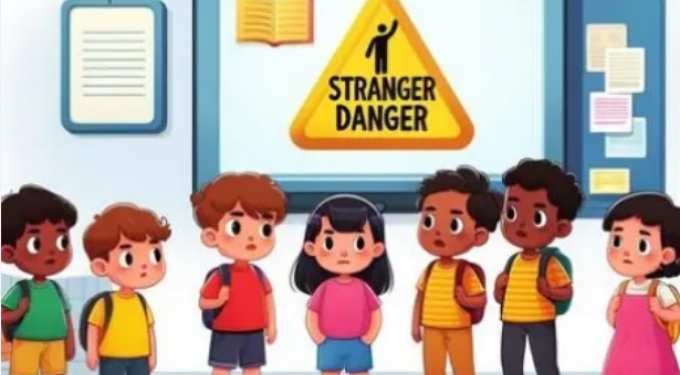When kids are learning to ride a bicycle, we give them padding. When they play on Jamaica’s beaches, we keep them close so we can see them. Most parents put their children’s well-being first, doing whatever it takes to protect them. They teach them about what hazards to avoid.
However, children still get hurt; accidents happen because we cannot control their curious minds. Minimize the risks of your child getting injured by following these tips:
Childproof your home. Common injuries are often caused by fires, choking, poisoning, falling, and drowning. Don’t let children use appliances that can start fires or cause them harm. Microwaves, toasters, irons, and blenders should be off-limits. Cover pools and keep chemicals and choking hazards out of their reach to prevent injuries.
Sadly, these days the new challenge is the danger online. The Internet is useful for our children but it has its downsides. “There are ample indicators that social media can also have a profound risk of harm to the mental health and well-being of children and adolescents,” says American Surgeon General Dr. Vivek Murthy. He and others advise us to be wary of the risks social media poses to our children.
Because they are in a critical developmental period as they search for identity and self-actualization, children are more susceptible to societal pressures, peer opinions, and comparisons. Online exposes them to dangerous and inappropriate conversations that can trigger eating disorders, self-harm, and other damaging behaviors.
Children who spend most of their time online lose sleep, do little exercise, and develop poor social skills. Such issues can harm a child’s health and well-being. Be aware of what your children are doing online. Be especially alert to whether they are being cyberbullied, which can damage a child’s self-perception.
Given the severity of these threats, parents must intervene as they would in the physical world. Parents should control the time their children spend online each day. Implement a “no screen” dinner to keep technological devices away from the evening meal. This encourages family bonding and helps to sharpen children’s communication and social skills. Instituting a family media plan is another way for parents to set boundaries for online use and monitor it.
The social media platforms have work to do as well. They should set boundaries to limit children’s exposure to harm, such as curating what content appears on underage profiles. Although most platforms have age limits, children often bypass them easily.
Of course, social media can be a positive space for those growing up. It gives children a sense of community and encourages self-expression. These platforms are sometimes educational and informative, and can entertain your children. But they are only worth it if they do not harm.
To learn more about safety practices for children, visit this website: https://www.siebenpolklaw.com/child-safety-tips/.

